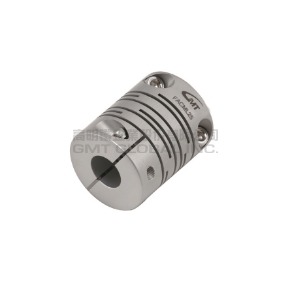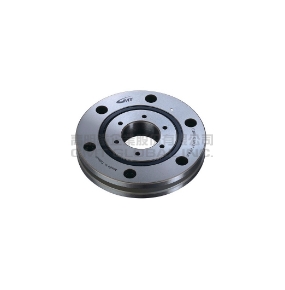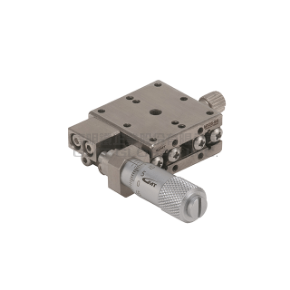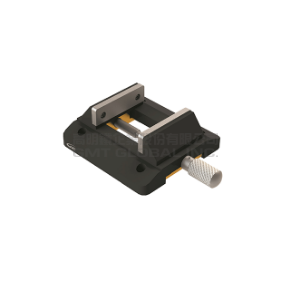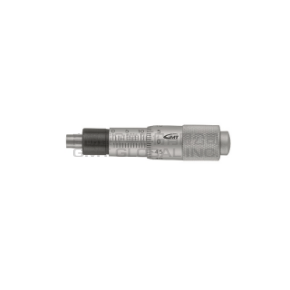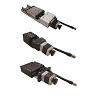Cookies help us deliver our services. By using our services, you agree to our use of cookies.
English
All Categories
Menu Close
- CAD Model Selection
- Support
- Events
- About GMT
- semiconductor and optical communications industries solutions
- Linear Motion Components
- Manual Stages
- Motorized Stages
- Alignment Stages
- Direct Drive Module Series
- Automation Module Series
- Optical Components
- Motor/Drive
- Shrink Fit Machine
- Stamping & Mould Components
- INVESTOR AREA
- Contact Us
- NEWS
- All Categories
- CAD Model Selection
- Support
- Events
- About GMT
- INVESTOR AREA
- Contact Us
- NEWS
Stay up to date
Wait...
Customer service
Copyright © 2025 GMTGLOBALINC. All rights reserved.
-01_6.jpeg)






